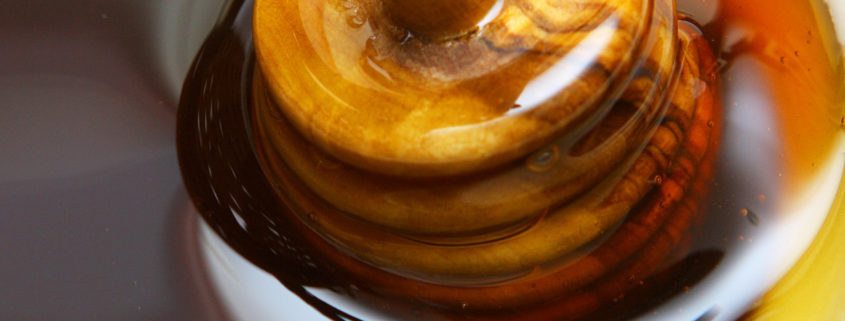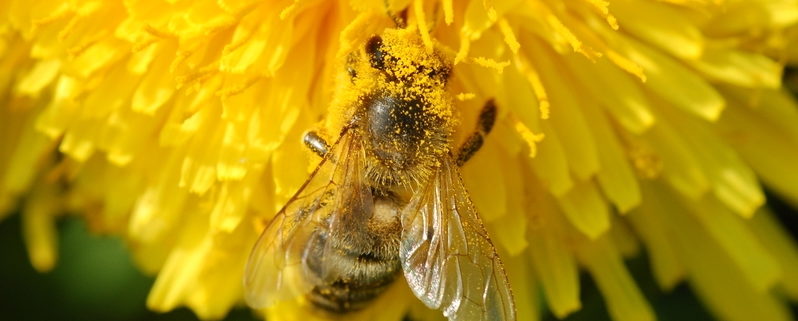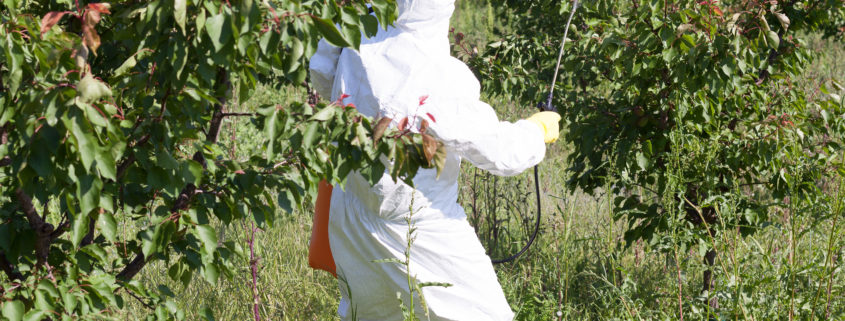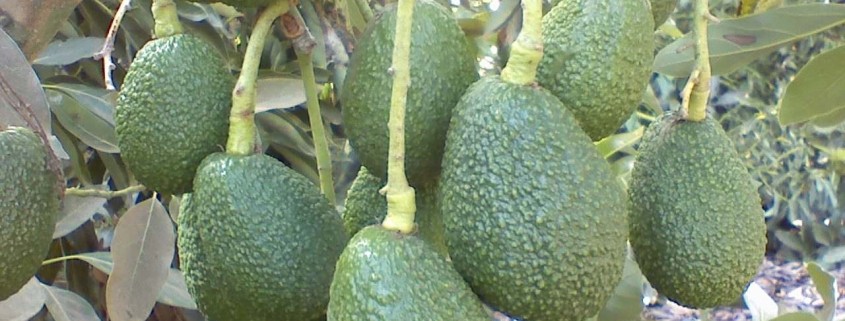Avocado Blossom Honey
It may surprise you to know that there are over 300 types of honey produced by bees around the world, many of which are considered ‘specialty honey’ due to their rarity. Avocado blossom honey is specialty honey that not many people have heard of – but those that have love it!
There’s a very valid reason why avocado blossom honey is difficult to find; and it all comes down to avocado production. Since avocados must be grown in tropical or semi-tropical climates, they are found in only a few places worldwide, including Mexico, Australia, and parts of Central America and California. Southern California has become of the most popular states for avocado production in the US with the increased popularity of avocados. While this increase has been excellent news for avocado farmers over the last few years, keeping up with demand can be a challenge.
Avocado blossoms flower sometime between April and May, which is a very busy time for bees. There are plenty of delicious foraging options during the spring months in California – everything from wildflowers to macadamia, orange blossoms, and other sweet-smelling fruit. Unfortunately for avocado farmers, mature honeybees sometimes tend to steer clear of avocado blossoms due to the blossoms’ high potassium and phosphorus contents. Farmers have adapted by placing hives strategically within their crop grounds – but still, it’s difficult to harvest pure avocado honey, as bees are likely to venture to nearby orchards.
Surprisingly to many, the taste of this honey doesn’t resemble an avocado at all – though, some do say the texture is similar. Avocado honey is quite sweet, with a thick, creamy, almost buttery texture. It can be easily distinguished from other honey by its rich, dark amber color, similar to that of buckwheat honey. Although the flavor is more intense than common wildflower honey, it is not at all bitter like some of the other darker honey varietals.
Many people compare the consistency of avocado blossom honey to molasses or cane syrup, and it’s actually the perfect substitute for either. As with most other types of honey, it can be used as a healthy alternative to white sugar in baked goods, or any other recipe for that matter – just keep in mind that color may be affected if that’s a concern! The creamy texture of avocado honey makes it the perfect topping for bread or toast, or an interesting addition to any sauce, dressing, or marinade. The possibilities are endless with a little creativity.








